Calculate How Much Money You Can Save With ToolSense
Our ROI calculator dives deep into your current processes & calculates how much you could save with the ToolSense Asset Operations Platform.
Not sure how to use the calculator? No worries, just schedule a personal tour.






1. Asset Management
Fleet optimization and prevention of asset loss
$42,729.25 i Through digitization, our customers can eliminate the costs of lost and unused assets.2. Personnel productivity
Increase of personnel productivity
$42,729.25 i Our customers have reported a significant reduction in time spent on manual administrative tasks, with savings ranging from 50% to 95%.3. Asset Check
Increased efficiency in asset inpection processes
$42,729.25 i Our customers have reported a significant decrease in the time spent on manual asset inspection processes, reducing it to just 22% of the original time.4. Downtime
Reduction of downtime
$42,729.25 i By digitizing their assets, our customers have reported a reduction of downtime by 50%.Potential Savings Per Year
Fleet optimization and prevention of asset loss
$42,729.25 i Through digitization, our customers can eliminate the costs of lost and unused assets.Increase of personnel productivity
$14,404.62 i Our customers have reported a significant reduction in time spent on manual administrative tasks, with savings ranging from 50% to 95%.Increased efficiency in asset inpection processes
$4,201.35 i Our customers have reported a significant decrease in the time spent on manual asset inspection processes, reducing it to just 22% of the original time.Reduction of downtime
$225,000.00 i By digitizing their assets, our customers have reported a reduction of downtime by 50%.Start your digital transformation now
Join Hundreds of Asset-intensive Companies and save up to $286,335 per year
Trusted by 700+ companies around the world







David Hiersche
Director Operations Performance
ISS Austria
We wanted to have a solution that does not only track expensive assets but also cheap ones. In Austria, ISS operates over 6,500 cleaning machines alone, without even counting vacuum cleaners and other pieces of equipment. With ToolSense we bring them together on a single platform, leveraging data from IoT hardware and improving maintenance and inspection processes.
Ralf Lüddemann
Head of Machine Technology
Leonhard Weiss
With ToolSense we no longer have duplicated data stored in Excel sheets but a central and synchronized system that contains all relevant information and documentation. We save a lot of time and therefore I have an immediate positive economic impact. In addition to that we wanted to stay in charge of our own data which required a manufacturer-independent solution.

